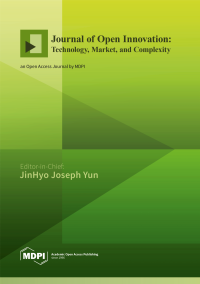Purpose: This research seeks to answer the basic question, “How can we build up the formula to estimate the proper royalty rate and up-front payment using the data I can get simply as input?” This paper suggests a way to estimate the proper royalty rate and up-front payment using a formula derived from the regression of historical royalty dataset.
Design/methodology/approach: This research analyzes the dataset, including the royalty-related data like running royalty rate (back-end payments) and up-front payment (up-front fee + milestones), regarding drug candidates for specific drug classes, like anticancer or cardiovascular, by regression analysis. Then, the formula to predict royalty-related data is derived using the attrition rate for the corresponding development phase of the drug candidate for the license deal and the revenue data of the license buyer (licensee). Lastly, the relationship between the formula to predict royalty-related data and the expected net present value is investigated.
Findings: For the anticancer (antineoplastics) and cardiovascular drug classes, the formula to predict the royalty rate and up-front payment is as follows.
X = (Attrition Rate * Licensee Revenue)/100
< Drug Class : Anticancer activity candidates >
Royalty Rate = (1 + a * X)/(b+ c * X)
= (1 + –5.14147E‐09*X)/(0.128436559 +–6.37E–10 * X) (1)
Upfront payment (Up‐front + Milestones) = (a + X)/(b + c * X)
= (–133620928.7 + X)/(–3.990489631 + 2.04191E–08 * X) (2)
X = (Attrition Rate * Licensee Revenue)/100
< Drug Class : Cardiovascular activity drug candidates >
Royalty Rate = y0 + a/X + b/X
2 =9.26e + 0 + (−8.528 + 5)/X + 1.744e + 10/X
2 (3)
Upfront payment (Up‐front + Milestone) = y0 +ax + bx
2 = 7.103e + 6 + (–3.990489631) * X + (–1.536e–12) * X
2 (4)
In the case of Equations Equation 2 and Equation 4, it is statistically meaningful (R2: 039–0.41); however, in the case of Equations Equation 1 and Equation 3, it has a weak relationship (R2: 022–0.28), thus requiring further study.
Research limitations/implications (if applicable): This research is limited to the relationship between two drug classes—anticancer (antineoplastics) and cardiovascular—and royalty-related data.
Practical implications (if applicable): Valuation for the drug candidate within a specific drug class can be possible, and the royalty rate can be a variable according to drug class and licensee revenue.
Full article



